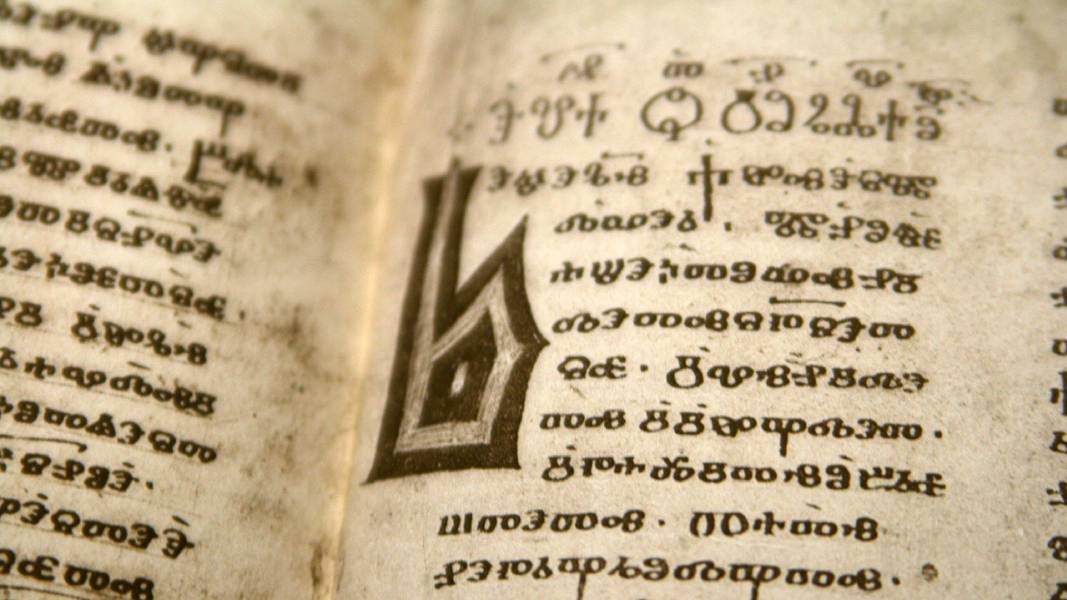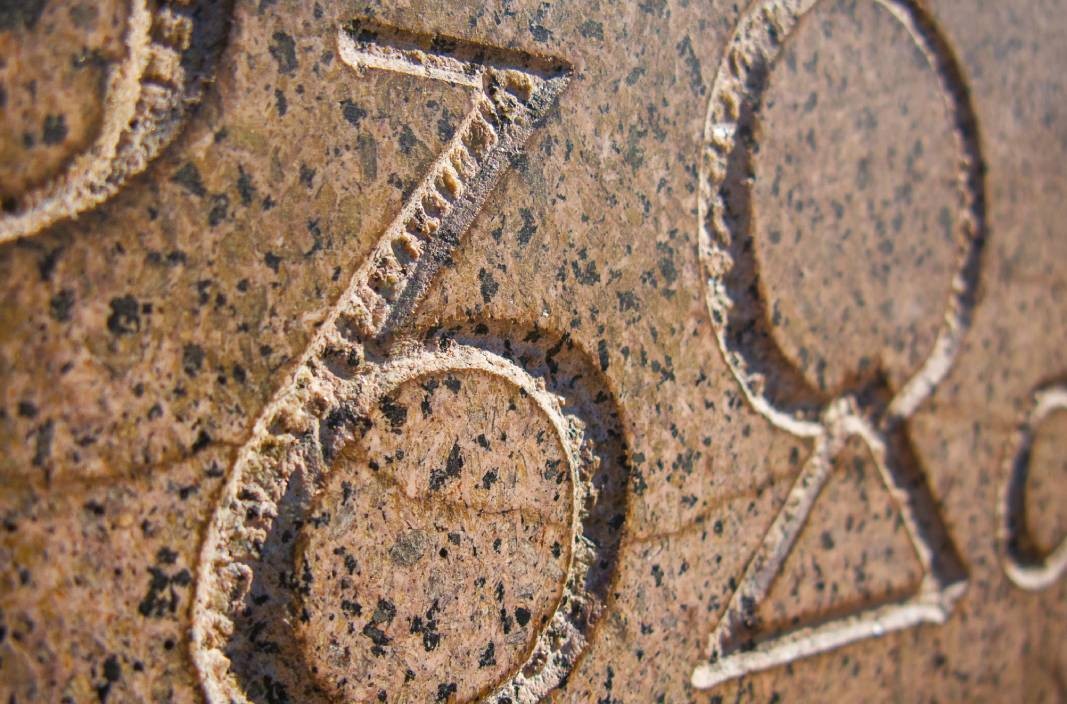A key to our heritage and national identity, the Glagolitic alphabet is an alphabet and a message to Europe, surrounded by many hypotheses. To mark the 1170th anniversary of its creation, we take a trip back to the 9th century, when the brothers Cyril and Methodius from Thessaloniki laid the foundations of the Slavic alphabet. Although the exact date is disputed and calculated according to different calendars, its significance is undeniable: the creation of the Glagolitic alphabet as the first graphic representation of the Slavic language is considered a phenomenal cultural breakthrough. In an interview with Radio Bulgaria, Prof. Dr. Elisaveta Musakova, an expert at the Manuscripts and Old Printed Books Department of the National Library, said:

At the heart of the Glagolitic alphabet are three sacred symbols: a cross to represent Christianity, a triangle to represent the Holy Trinity, and a circle to represent the universe. Most importantly, however, this alphabet has its own unique visual identity, setting it apart from all other known scripts.

"This new script is based on so-called phonetic alphabets – i.e. each sound has a corresponding letter. Personally, I think these are the best alphabets – where there is a sound, there is a graphic symbol. What you write is what you say and hear, with very few exceptions. So, tSo, the Glagolitic alphabet was created based on these phonetic alphabets. But ultimately, it was modelled on the Greek alphabet, which was seen as highly authoritative, since Byzantium was the leading cultural power of the time," says Prof. Dr. Elisaveta Musakova.
The unique forms of Glagolitic letters remain the subject of scientific research, hypotheses and speculation. To date, no one has provided a definitive answer.


Edited by Desislava Semkovska
Published and translated by E. Radkova
Photos: archive, Facebook/ Glagolitica, BNR, Institute for the Bulgarian Language, Veneta Pavlova
The newest exhibition at the National Museum of Military History in Sofia, 'War and the Creatives: A Journey Through Darkness' opens today, offering free entry as a gesture to those who were unable to visit during the recent renovations. Rather than..
A 5,000-year-long history lies hidden in the ruins of the medieval fortress “Ryahovets” near the town of Gorna Oryahovitsa where active excavations began ten years ago. On this occasion, on November 17, the Historical Museum in Gorna Oryahovitsa..
Just days ago, archaeologists uncovered part of the complex underground infrastructure that once served the Roman baths of Ratiaria - one of the most important ancient cities in Bulgaria’s northwest. Founded in the 1st century in the area of..

+359 2 9336 661
